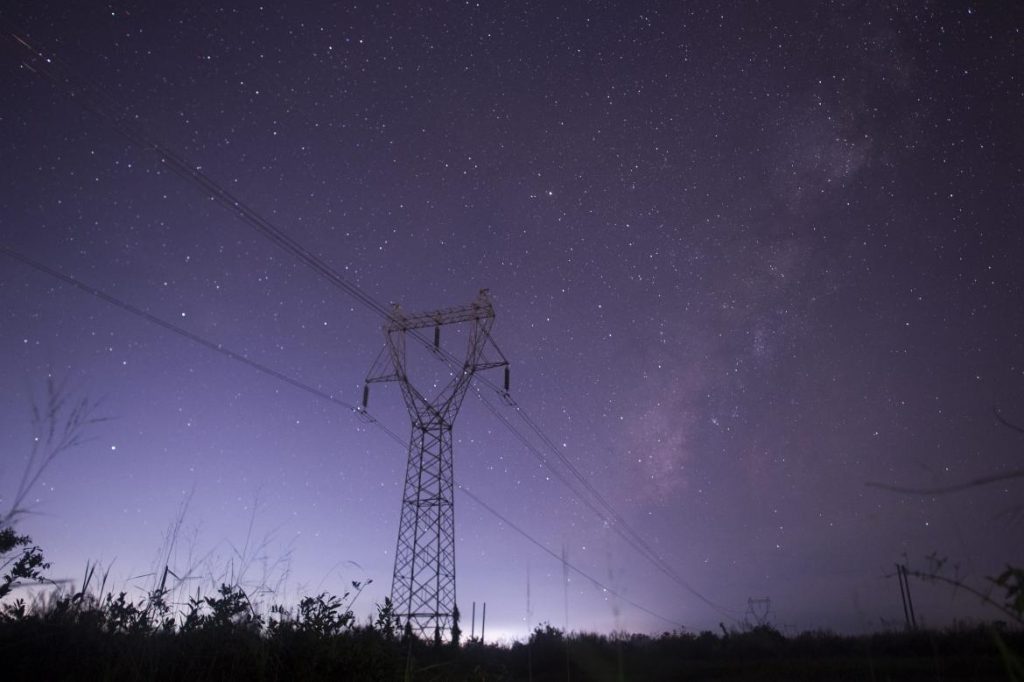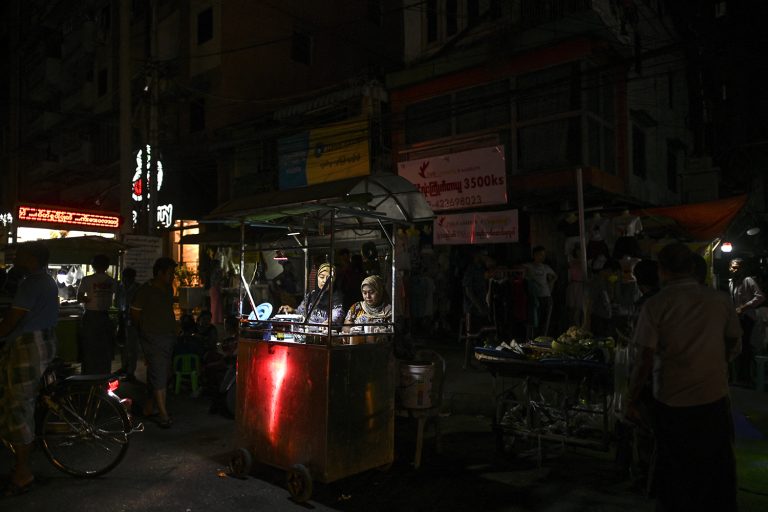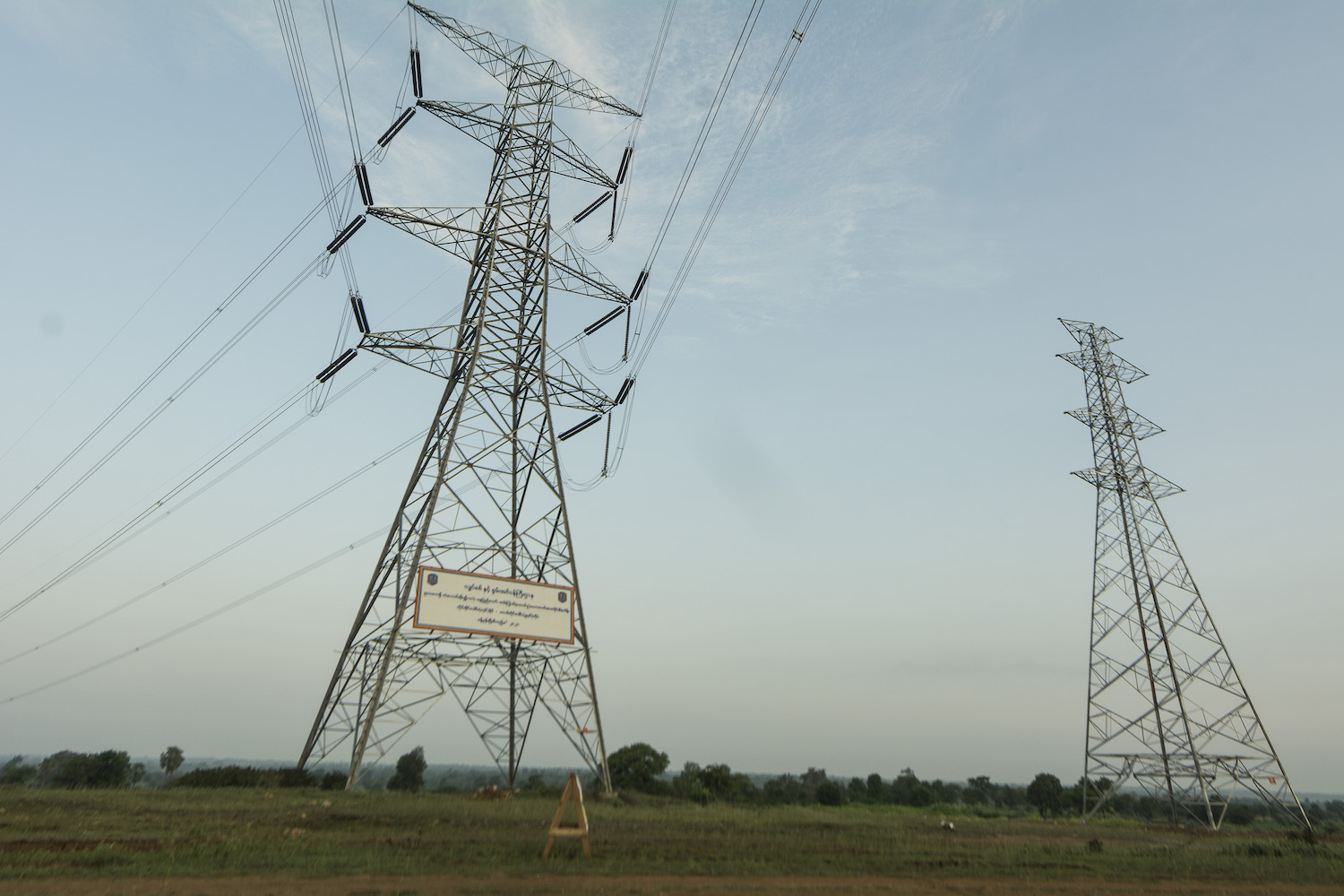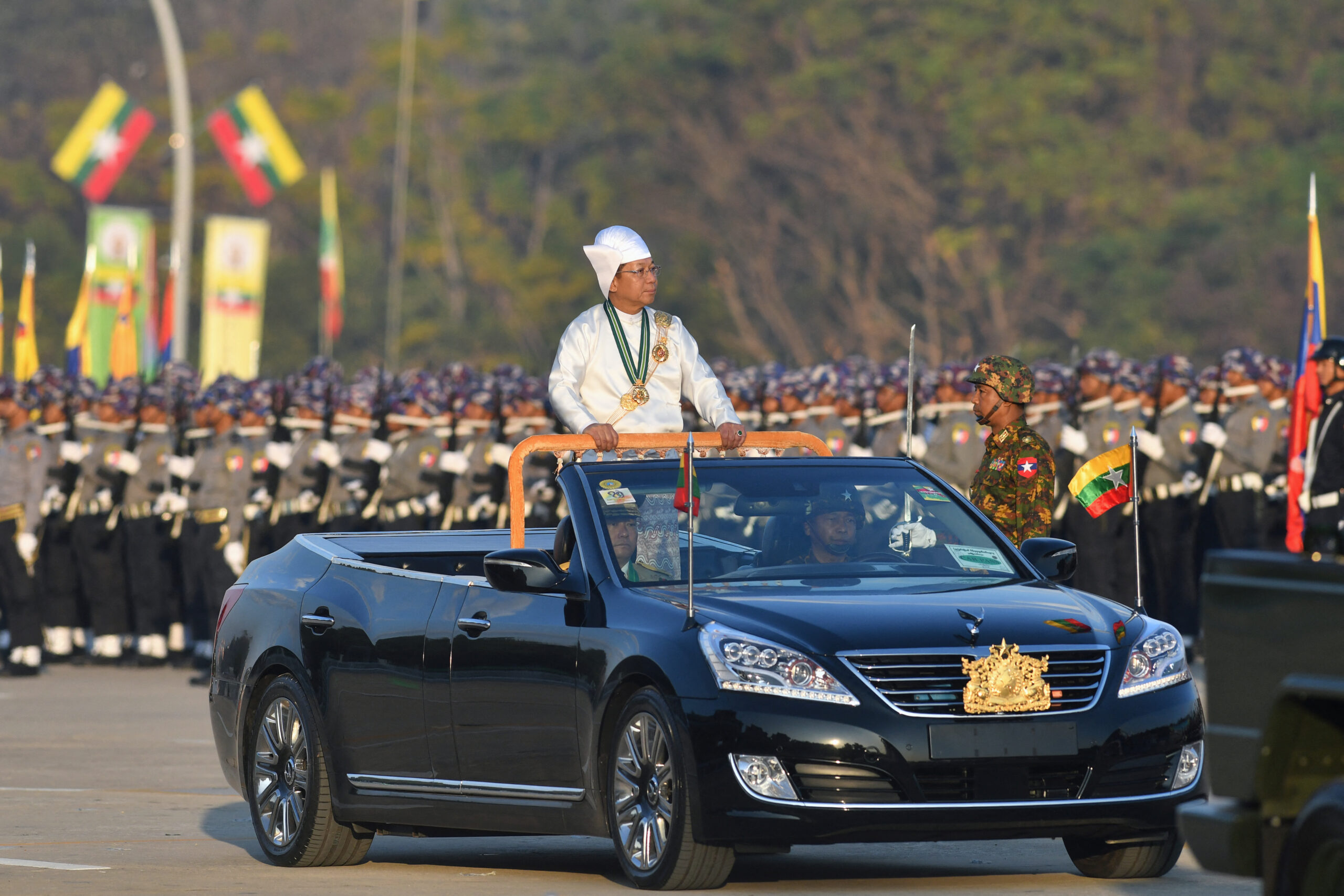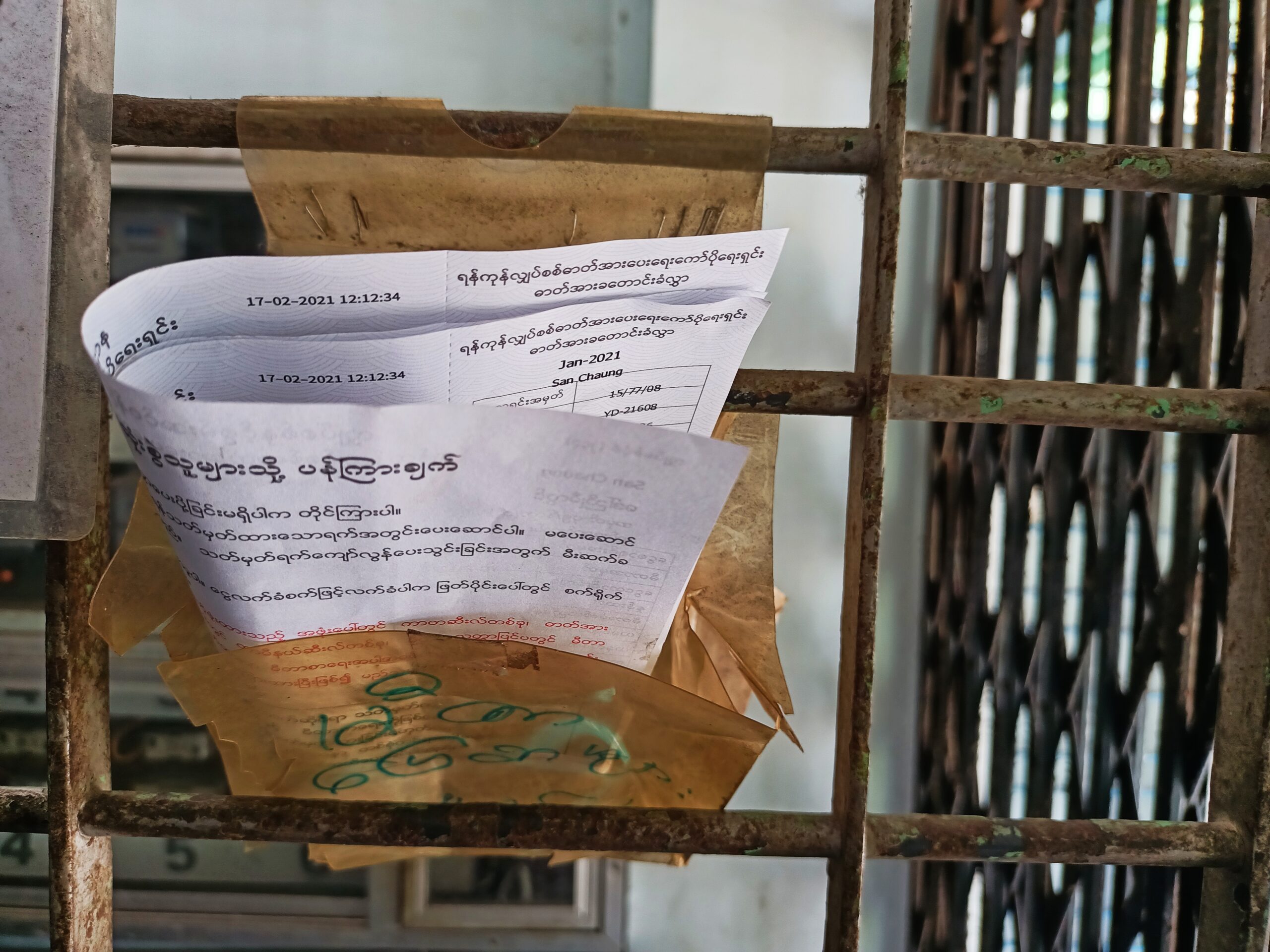Myanmar needs to generate more electricity for household and industrial use but doing so will mean higher prices and could spark a consumer backlash against the government.
By SITHU AUNG MYINT | FRONTIER
YANGON RESIDENTS were startled recently by a rumour that electricity prices would be tripled this coming hot season.
The rumour was attributed to Yangon Region Chief Minister U Phyo Min Thein, who was said to have told MPs about the planned price increase. It was denied by officials, including the regional minister for electricity, industry and transport, Daw Nilar Kyaw.
“I don’t know how these rumours spread,” she was quoted as telling an electricity and energy forum at the Union of Myanmar Federation of Chambers and Industry in Yangon.
Phyo Min Thein had been discussing electricity with MPs and the need to generate more of it to meet rising demand. He acknowledged that if the country generates more power, it will result in increased losses for the government through subsidies and it will be necessary to raise prices.
Support more independent journalism like this. Sign up to be a Frontier member.
He implored MPs to help the people understand that the power supply shortage is serious. In fact, it is one of the most serious problems facing the country and whether it can be solved by the government is the issue I would like to discuss this week.
Myanmar has one of the lowest rates of electricity consumption per capita in Southeast Asia. About one third of the country’s households are connected to the grid and the rest have either limited or no access to electricity. As well as its impact on citizens and businesses, the electricity shortage is a major problem for foreign companies that have invested or are considering investing in Myanmar.
Japanese industrialists say supply shortages are even affecting the completed first-phase of the Thilawa Special Economic Zone, which enjoys some of the best infrastructure in the country. The 405-hectare first phase was hit by 16 power failures over three months and the SEZ’s management committee is concerned there will not be enough for the 101ha second-phase, on which work began in February.
Last month, a visiting delegation from the Japan Chamber of Commerce and Industry handed State Counsellor Daw Aung San Suu Kyi and other leaders a list of 10 recommendations for economic development in Myanmar. One of the recommendations stressed the importance of an adequate, reliable electricity supply.
Overcoming the electricity shortage problem poses two challenges for the government, one of which involves increasing output, whether by hydropower or using coal or gas-fired generators. As is widely known, China’s plan to build the massive Myitsone dam on the Ayeyarwady River in Kachin State upstream from Myitkyina was suspended by the Thein Sein government in 2011 because of widespread public opposition.
Myitsone was planned for the confluence of the Malikha and N’Mai Kha rivers as part of a series of dams with an estimated total installed capacity of 21,600 megawatts. That’s about four times Myanmar’s current installed capacity: its 54 power-generating plants have a total installed capacity of 5,200MW. However, in practice, they cannot generate the 3,500MW needed to meet peak demand in the hot season.
Dams on the Thanlwin (Salween) River could be a potential source of hydropower but they are opposed by activists for social and environmental reasons and because they want it to remain the longest free-flowing waterway in Southeast Asia. There is also opposition to establishing coal-burning power plants in Yangon, and from ethnic nationalities to plans for such plants in Mon State and Tanintharyi Region.
Then there’s natural gas, but reserves at offshore fields are declining. The production of natural gas is expected to fall at the Yadana field in 2021, the Zawtika field in 2023 and the Shwe field in 2027.
Another challenge for the electricity sector is that each time output is increased, the government suffers higher losses because of subsidies. There have been suggestions that more foreign investment be allowed in the power sector because the government on its own cannot overcome the supply shortage. But no one wants to invest in a business that is likely to suffer losses.
The Deputy Minister for Electric Power and Energy, Dr Tun Naing, told the Union Hluttaw on March 1 that an average of K23 is lost for every unit of electricity produced. The government expects to generate a total of 19 billion units this year, which will produce a loss of more than K450 billion (about US$330 million). The unit cost of electricity ranges from K35 for household use to K150 for business. If Myanmar is to generate more power, it needs to raise prices.
However, raising electricity charges is challenging because of the political risk of opposition from consumers. When the Thein Sein government proposed a power rate rise in 2013, the move created opposition and was rejected by the Hluttaw. When prices were increased from April 1, 2014, Yangon residents responded by holding candle-light vigils in protest, though the rise went ahead. A challenge for the NLD government is being able to convince consumers that a price rise is unavoidable.
Increasing the amount of power generated in Myanmar will not be easy. The supply shortages are a legacy of the mismanagement during the years of military dictatorship. The NLD government faces a big challenge to increase electricity production but such a move is necessary to help attract investment and to create more jobs.


